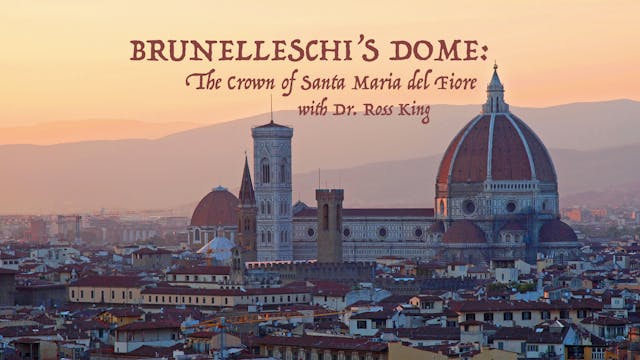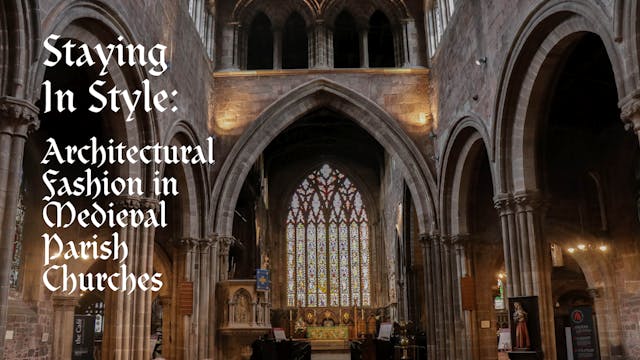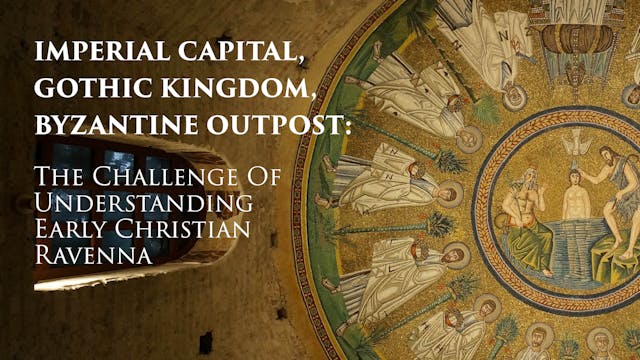Remembering the Wesley Tapestry
Architecture
•
1h 15m
The sketch drawing based on Gwennap Pit was the symbol used to promote the Methodist contribution to the Cornish Drama Festival of 1951. This event was itself part of that year’s Festival of Britain and brought together Cornwall County Council, the Religious Drama Fellowship, the Federation of Women’s Institutes and the Methodist Council of Churches. Alongside such indoor plays as St Petroc in Bodmin Parish Church and the Cornish Saints in Truro Cathedral there was a determination to go for outdoor performances. This included the performance of plays in the Cornish language at Perran Round by Robert Morton Nance, Grand Bard of Gorsedh Kernow, and members of the Old Cornwall Societies along with ‘Tristan of Cornwall’ at the Minack. The principal Methodist contribution was an outdoor performance of ‘The Wesley Tapestry’ by Christian Mitchell at the iconic site of Gwennap Pit near Redruth. It brought together the story of the Wesley brothers with ‘the events of 18th century Cornwall’. Episodes in the play ranged from Epworth Rectory to places in Cornwall like Trewint, Falmouth and Truro. Mitchell saw the play as an ‘opportunity to write something of Cornwall’s religious history which could be appreciated by all denominations, within the churches and out of them’.
Up Next in Architecture
-
Brunelleschi's Dome: The Crown of San...
The octagonal dome that was to crown Santa Maria del Fiore, the cathedral begun in Florence in 1294, presented the most daunting architectural puzzle of the age: how to raise the highest and widest vault ever attempted. The cupola was to have a span greater than the Roman Pantheon - the world’s l...
-
Staying In Style: Architectural Fashi...
Old parish churches are wonderful ways of experiencing the ways in which architectural tastes changed over many centuries. As well as being rewarding in their own right, these ever-shifting styles can be used to help put a date on the parts of a building as it develops. They also help make it a ‘...
-
Imperial Captial, Gothic Kingdom, Byz...
From AD 402 to 751 the small city of Ravenna, on the NE coast of Italy, became the capital of the Roman Empire in the West, then the centre of a Gothic kingdom and finally the western outpost of Byzantine government from Constantinople. During these centuries the construction of many early Christ...



